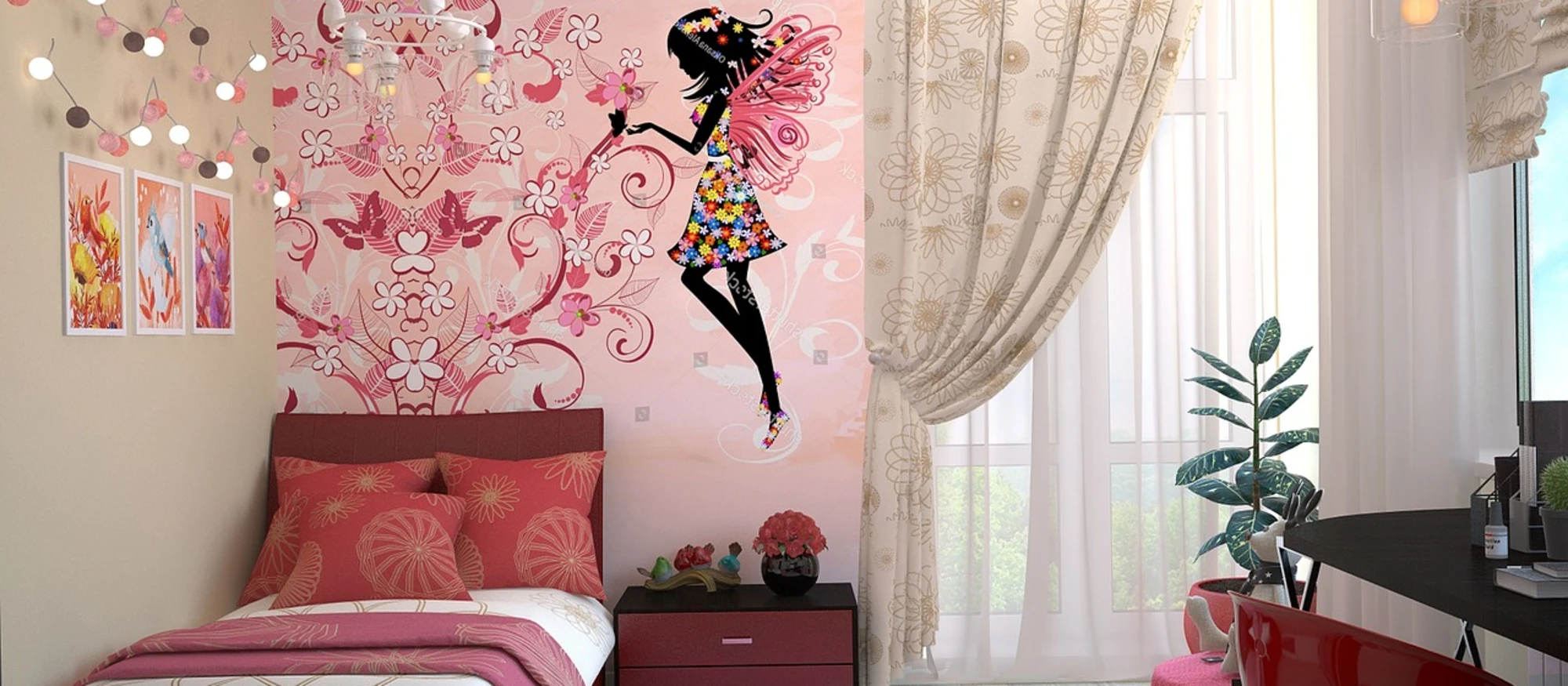
Image via Pixabay
When it comes to children’s beds, one minute they barely take up a quarter of the mattress, and the next they’ve outgrown it completely. With their never-ending growth spurts, choosing the right size bed for your child may seem like a guessing game. We’ve put together a few tips to help you tackle the task, so that you can rest assured that your child will have a comfortable, safe bed that fits him or her just right.
What stage are your child and family in?
Most children trade in a crib for a bed by age 3, so around this time is when you’ll want to start checking out different bed options and deciding what is right for your child. When it comes time to search, your choices are to transition to a toddler bed, or go straight to a twin or a full bed. Toddler beds are essentially the same size as a crib (crib mattresses measure 28” x 52”), so will buy you a year or two at most. However, if you child has a crib that converts to a toddler bed, it’s often worthwhile to use it as this can help ease the transition to sleeping in a bed since your child will already feel comfortable in safe in their crib frame.
If you need your child’s crib for a baby on the way, or you don’t want to make a bed transition twice, the second option is to choose a twin or full bed. Both measure 75 inches long, but twin-size beds are 39 inches wide, whereas full-size beds are 54 inches. Which one you choose will be determined by the specific needs of your child, the space you have available in the room, and by price and long-term value.
With a twin bed, you’ll spend less money upfront, but you may be spending more money in the long run once your child grows out of the 39” x 75” frame. By opting to spend more money on a full bed upfront, you’ll most likely be saving money long term. Remember, most quality mattresses typically have a lifespan of around 10 years. So, if your child is turning 3, you can expect to have this bed until they are just finishing up middle school. At this time, it might make more sense to purchase a full-size bed that they will have until they move out. If your child is 6 or older, a full-size bed could last them through high school.
How much space do you have?
Many children share a room with siblings at some point in their lives. If this is the case in your home, you’ll have two options: getting each child their own bed, or going with bunk beds. If you opt for two separate beds, you’ll most likely be limited to twin-sized beds unless the room is especially large.
If you’re planning to purchase beds your children will use until they are grown, consider full-sized bunk beds that your child can grow into. If you are tight on space, bunk beds are a great option to keep your children comfortable while opening up space in the room for other essential furniture like desks to help with their studies and dressers to house their ever-extending wardrobe.
If you’re considering bunk beds, these full-size Adult Bunk Beds are a high quality options. Not only are they certifiably safe, conforming to the latest consumer product safety standards, but they also have a 2,000 lb weight limit. With accessories like safety rails and ladders, and add-ons like staircases and fire poles, you can customize you child’s bunk to fit his or her needs and give them a bed that they will look forward to sleeping in. You can also rest assured that they will have this bed for most, if not all, of their time at home. Since these beds are made for adults with a sleek, polished aesthetic, these bunks will not only grow with them, but they will also grow with their ever-changing style.
If you’re choosing one of our adult bunk beds, you’ll also have the option to pick a height. Safety guidelines suggest leaving at least two feet between the top of the mattress and the ceiling, but to get a more personalized measurement, check your child’s sitting height (the seat surface to the top of the head). Again, take into account your child’s developmental stage and how much they might grow.
